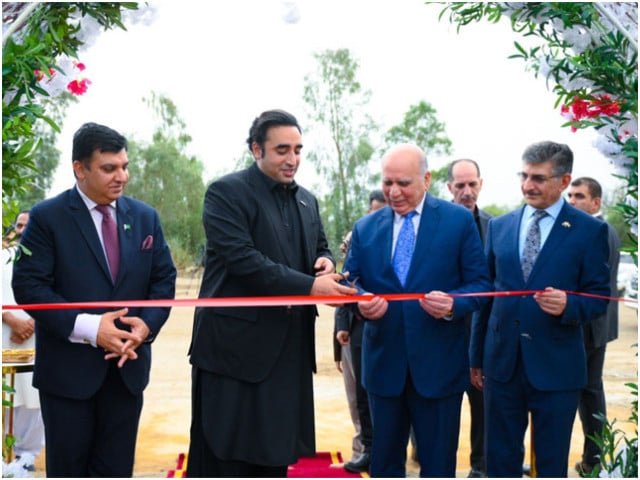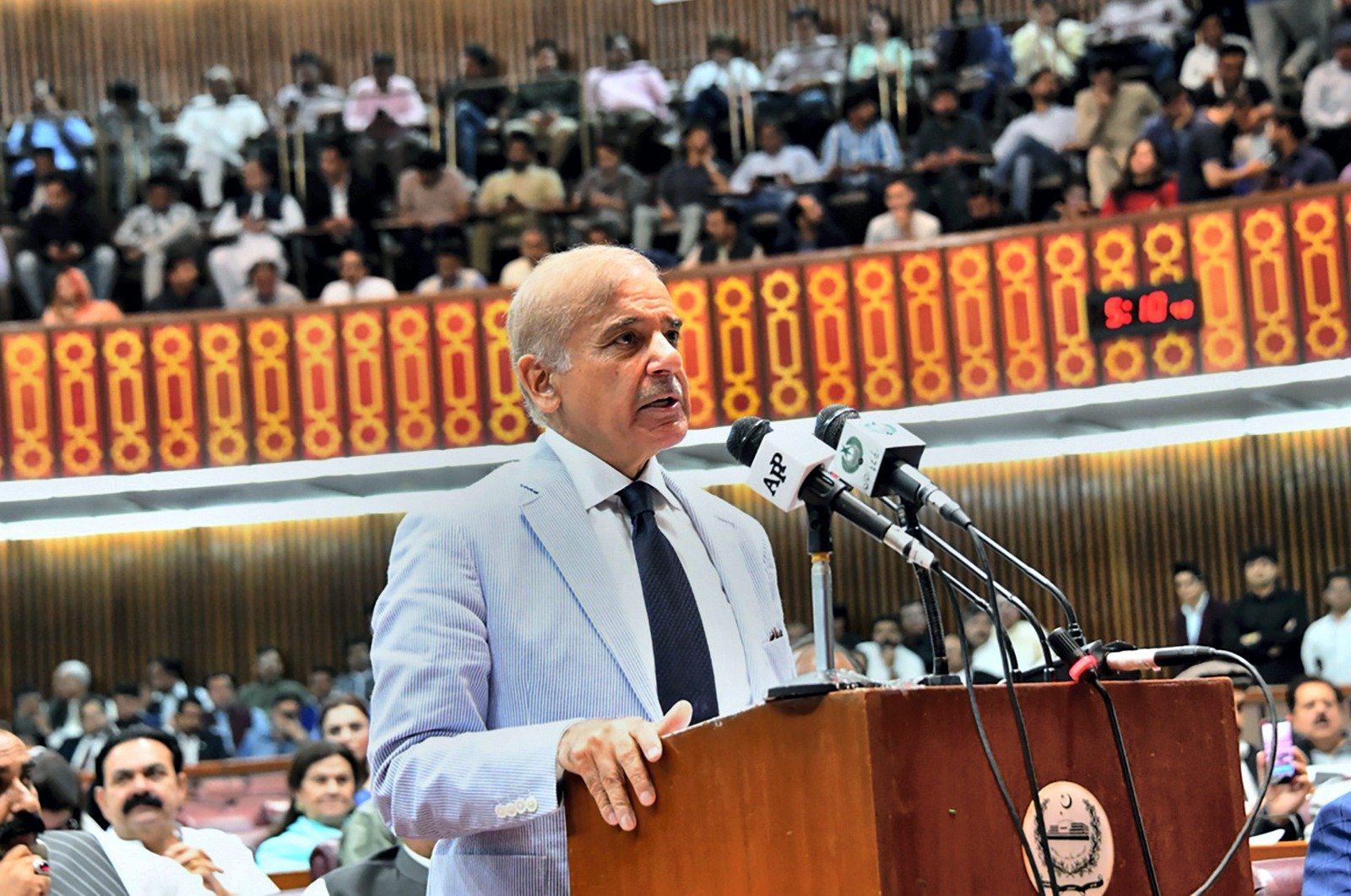Lahore Tops Global Pollution Charts Amid Hazardous Smog

Residents of Lahore woke up to a grey, smog-laden sky as the provincial capital of Punjab ranked as the world’s most polluted city again today, marking another day of hazardous air quality. According to Swiss air quality technology company IQAir, the city registered an Air Quality Index (AQI) of 532, classifying it as “hazardous.”
This morning’s reading underscores a week-long trend of Lahore topping global pollution charts. Yesterday, the city’s AQI hit a high of 700, prompting the Punjab Environment Protection Department to issue a smog alert advising caution.
Understanding AQI and Health Impacts
IQAir’s air quality index provides classifications to understand the levels of pollution:
- 0-50: Good
- 51-100: Moderate
- 101-150: Unhealthy for Sensitive Groups
- 151-200: Unhealthy
- 201-300: Very Unhealthy
- Above 300: Hazardous
An AQI over 300 is a serious health risk, especially for vulnerable groups, including children, the elderly, and people with respiratory issues.
Smog Precautions Advised for Lahore Residents
To mitigate health risks, the Punjab Environment Protection Department has urged residents to take precautionary measures:
- Stay Indoors: Keep doors and windows shut.
- Limit Outdoor Activities: Avoid stepping out unless necessary.
- Wear Masks: Use protective masks when going outside.
Outdoor activities in schools across Punjab have been suspended, and school timings have been adjusted accordingly.
The traffic police have issued an advisory for motorists, urging caution, especially for motorcyclists, as visibility on roads is reduced.
Pollution in Neighboring Cities: New Delhi and Karachi
Nearby New Delhi retained the second spot with an AQI of 268, while Karachi entered the top 10, recording an AQI of 123. In Karachi, the air quality is “unhealthy” for sensitive groups, presenting risks for those with allergies or respiratory conditions.
Smog Season and Long-term Health Implications
According to the Pakistan Meteorological Department, smoggy and foggy conditions are typical from November to mid-December. Temperature inversions during cooler months trap pollutants near the ground, causing air quality to deteriorate.
Reports warn that prolonged exposure to poor air quality can reduce life expectancy, with South Asia among the most affected regions globally.










